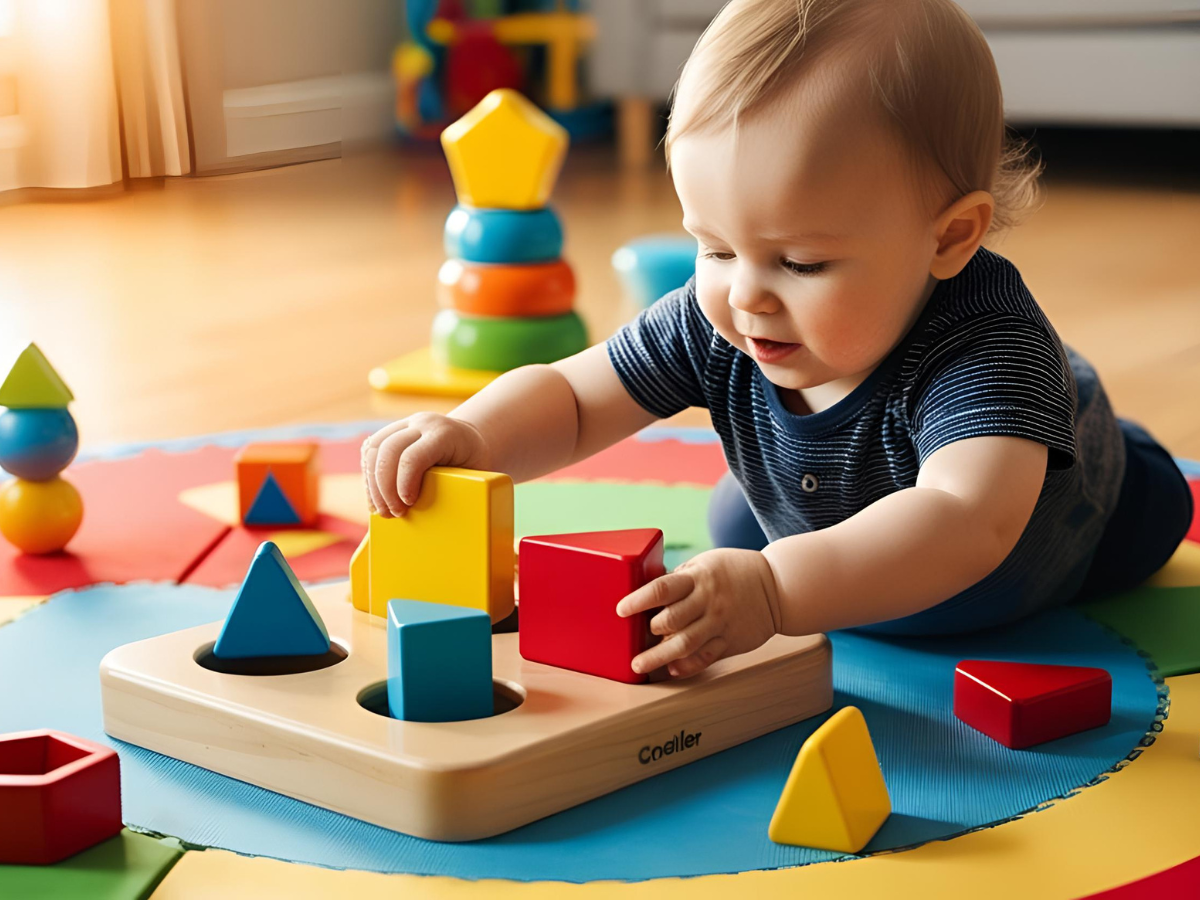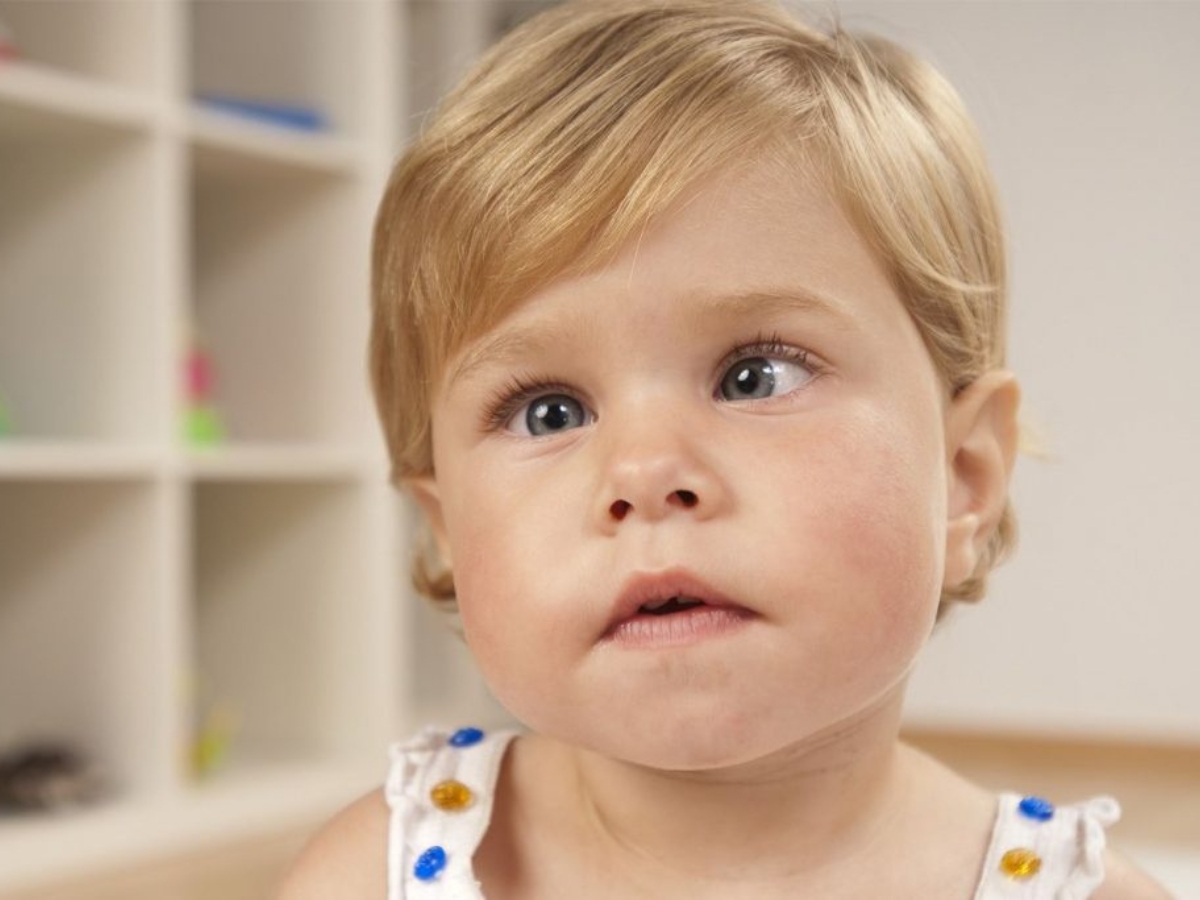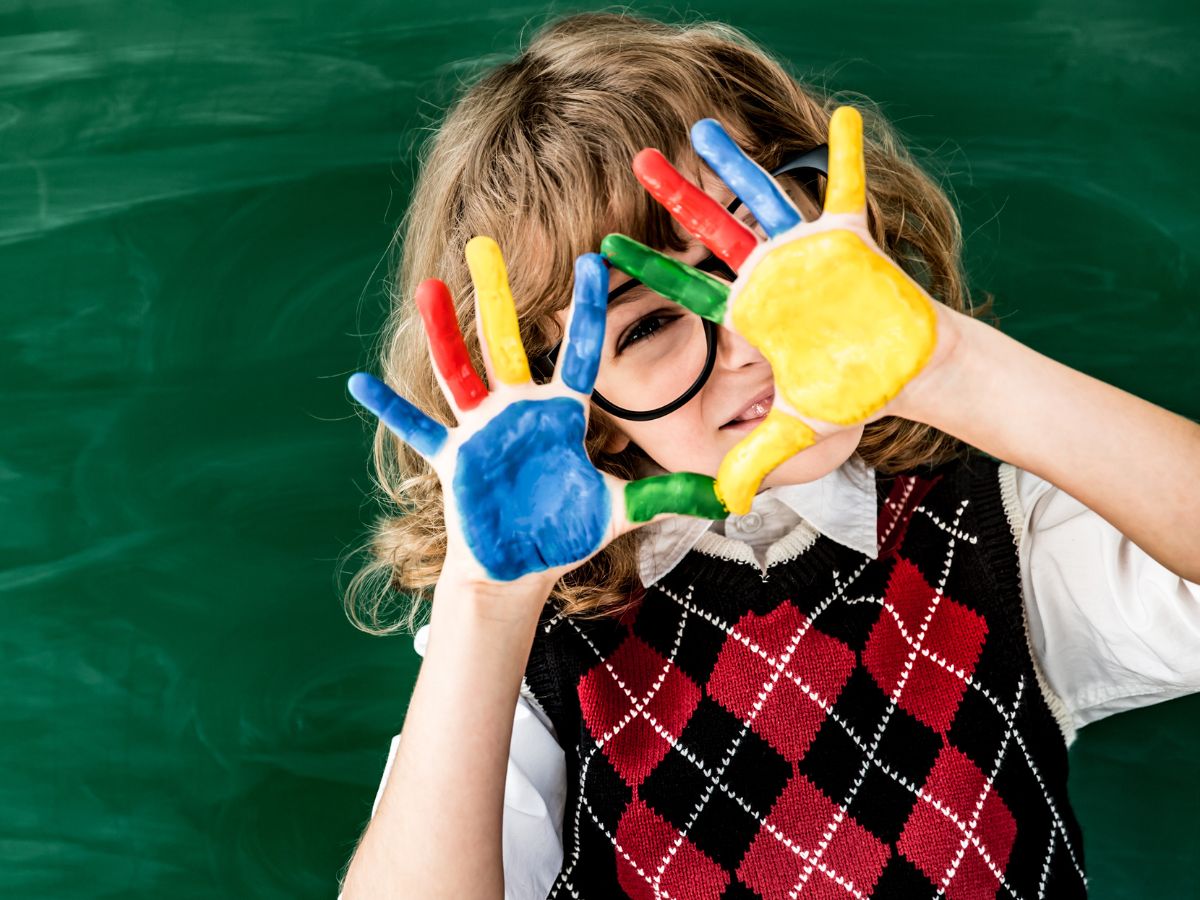Hand-eye coordination, also known as visuomotor coordination, is the ability to guide the movements of our hands based on what we see. It is a fundamental skill in child development and plays a critical role in everyday school tasks such as writing, reading, or participating in physical activities.
Although it often goes unnoticed, its proper development can make a significant difference in a child’s academic performance and personal safety.
What exactly is hand-eye coordination?
It is the connection between the visual and motor systems. In other words, it’s the brain’s ability to integrate what the eyes perceive with the actions performed by the hands. Everyday activities such as copying from the board, cutting with scissors, buttoning a jacket, or throwing a ball all depend on this skill.
Why is it so important for learning?
When visuomotor coordination is not well developed, children may experience difficulties that directly affect their classroom performance. Common signs include:
- Slow, messy, or illegible handwriting
- Difficulty accurately copying from the board
- Trouble maintaining margins, aligning words, or controlling letter size
- Poor performance in physical education or movement-based games
- Awkwardness when using scissors, rulers, or school tools
- Frustration or lack of motivation with tasks requiring precision
These difficulties, when misunderstood, can be mistaken for lack of attention, disinterest, or even laziness, when in reality they stem from a lack of integration between vision and movement.
Main causes of poor visuomotor coordination
Several factors can interfere with the development of this skill:
- Delays in general motor development
- Undetected visual problems (such as poor binocular coordination or focusing issues)
- Lack of experiences that stimulate fine motor skills and coordination
- Excessive screen time, which limits active manipulation of the environment
- Lateralization issues or spatial perception difficulties
Identifying these factors early is key to preventing more serious problems in the future.
How can hand-eye coordination be improved?
The good news is that this skill can be trained and improved through games, guided activities, and visual-motor stimulation. Effective ideas include:
- Construction games (blocks, puzzles, LEGO)
- Drawing, coloring, and pre-writing (graphomotor) exercises
- Cutting, tearing paper, or doing crafts that require precision
- Ball games adapted to the child’s age and coordination level
- Board games with small pieces that demand control and accuracy
- Playing simple musical instruments
These activities not only strengthen hand-eye coordination but also support other skills such as concentration, planning, and spatial awareness.
What if the difficulties persist?
If, despite practice and stimulation, a child continues to struggle significantly with tasks requiring precision, a functional visual assessment may be necessary.
At Enfoca’t, we conduct comprehensive evaluations that analyze not only visual acuity but also the visual skills involved in learning, such as visuomotor coordination.
In Summary
Hand-eye coordination is a basic but essential skill for children’s academic and emotional development. Its influence goes beyond motor skills: it directly impacts writing, reading, independence, and self-esteem.
With early detection and appropriate intervention, these abilities can be significantly improved, providing the child with the tools they need to learn with confidence.
Do you have concerns about your child’s visual coordination? Contact us and request a comprehensive visual assessment.
At Enfoca’t, we help you detect potential difficulties before they interfere with learning.





